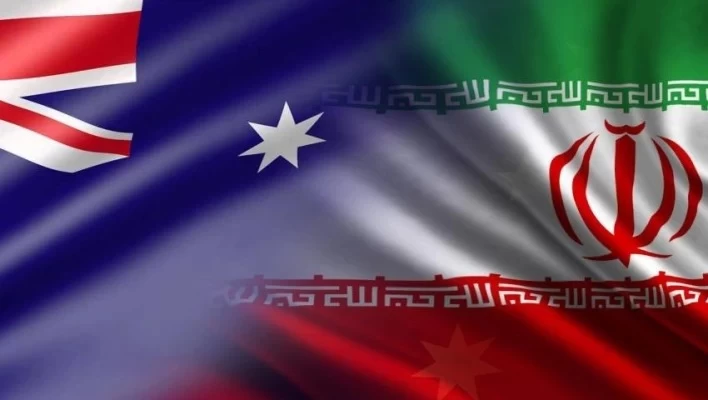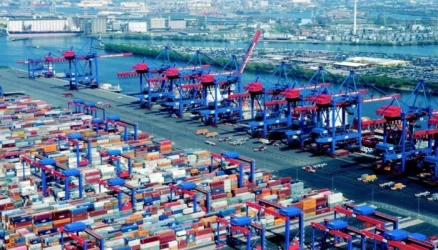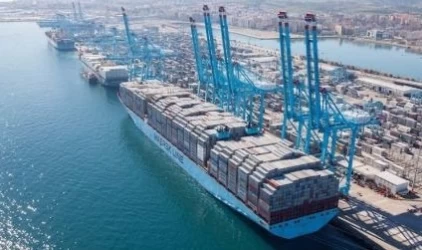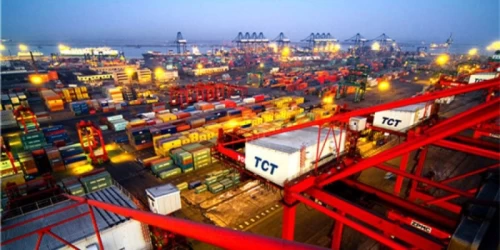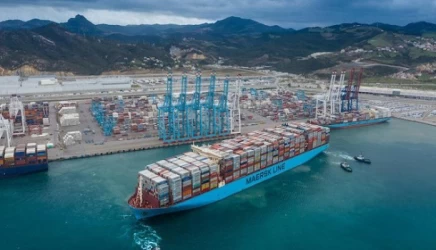Guide to Trade with Australia, Sea Transportation
Australia, with its strategic location in the Asia-Pacific region, plays a pivotal role in global trade. The country’s vast coastline and well-developed port infrastructure make sea transportation a crucial component of its trade ecosystem. This guide provides an in-depth look at the key aspects of trading with Australia via sea transportation.
Strategic Geography of Australia
Australia’s geographic position offers convenient access to major global markets, including Asia, Europe, the Americas, and Oceania. This strategic location facilitates efficient trade routes and logistics, making Australia a vital hub for international trade.
Major Ports and Gateways
Australia boasts several major ports that serve as key entry and exit points for goods. These ports are essential nodes in the country’s trade network:
- Port of Sydney: Located on the east coast, it is the largest and busiest port, handling a significant portion of the country’s imports and exports.
- Port of Melbourne: Situated in the south, it is Australia’s largest container port and a critical gateway for international trade.
- Port of Brisbane: Positioned on the eastern seaboard, it serves as a vital trade hub for Queensland and the northern regions.
- Port of Fremantle: Located on the west coast, this port plays a crucial role in connecting Australia with Asia, especially Southeast Asia.
- Port of Adelaide: Situated in South Australia, it facilitates trade to and from the southern parts of the country.
These ports are connected to various trade routes that enable the efficient movement of goods to and from Australia.
Key Trade Routes
Australia’s trade routes are designed to efficiently connect the country with its major trading partners across the globe. Here are some of the prominent trade routes:
- Asia-Pacific Trade Route: Australia’s proximity to Asia makes it a natural trading partner for many Asian countries. The Asia-Pacific trade route encompasses trade with nations such as China, Japan, South Korea, and Southeast Asian countries. Sea routes connect Australian ports with these nations, ensuring the smooth flow of goods.
- Trans-Tasman Trade Route: Australia’s close proximity to New Zealand results in a strong trading relationship. The Trans-Tasman trade route facilitates the exchange of goods between the two countries, primarily via sea routes and air freight.
- Trans-Pacific Trade Route: For trade with the Americas, especially the United States and Canada, the Trans-Pacific route comes into play. This route connects Australian ports with major ports on the west coast of the Americas.
Customs Procedures and Regulations
Understanding Australia’s customs procedures and regulations is crucial for successful trade. The Australian Border Force (ABF) oversees customs and border protection, ensuring that all goods entering and leaving the country comply with national laws and international agreements. Key aspects include:
- Import Declarations: All goods entering Australia must be declared to the ABF. This includes providing detailed information about the goods, their value, and their origin.
- Tariffs and Duties: Importers must pay applicable tariffs and duties on goods entering Australia. These charges vary depending on the type of goods and their country of origin.
- Quarantine Regulations: Australia has strict quarantine regulations to protect its unique ecosystem. Certain goods, especially agricultural products, must undergo quarantine inspection and treatment before being allowed into the country.
Maritime Safety and Environmental Protection
Australia places a strong emphasis on maritime safety and environmental protection. The Australian Maritime Safety Authority (AMSA) oversees maritime safety regulations, ensuring that all vessels operating in Australian waters comply with national and international safety standards. Key initiatives include:
- Marine Environment Protection: AMSA works to protect the marine environment from the harmful effects of shipping. This includes regulations on ballast water management, oil spill response, and waste disposal.
- Maritime Safety Regulations: AMSA enforces safety regulations for vessels, including requirements for safety equipment, crew training, and vessel maintenance.
Tax Incentives and Support for Maritime Industry
The Australian government offers various tax incentives and support measures to promote the maritime industry. These include:
- Shipping Reform (Tax Incentives) Act 2012: This act provides tax incentives for Australian-registered vessels, encouraging investment in the maritime sector.
- Maritime Strategic Fleet: The government is working to establish an Australian-flagged maritime fleet to strengthen economic and social wellbeing.
Conclusion
Trading with Australia via sea transportation offers numerous opportunities for businesses looking to expand their global reach. By understanding the strategic geography, major ports, key trade routes, customs procedures, and maritime regulations, businesses can navigate the complexities of international trade with confidence. Whether you are importing goods to Australia or exporting Australian products to global markets, a well-informed approach will set you on the path to success in this thriving trade ecosystem.
If you have any specific questions or need further details, feel free to ask!

